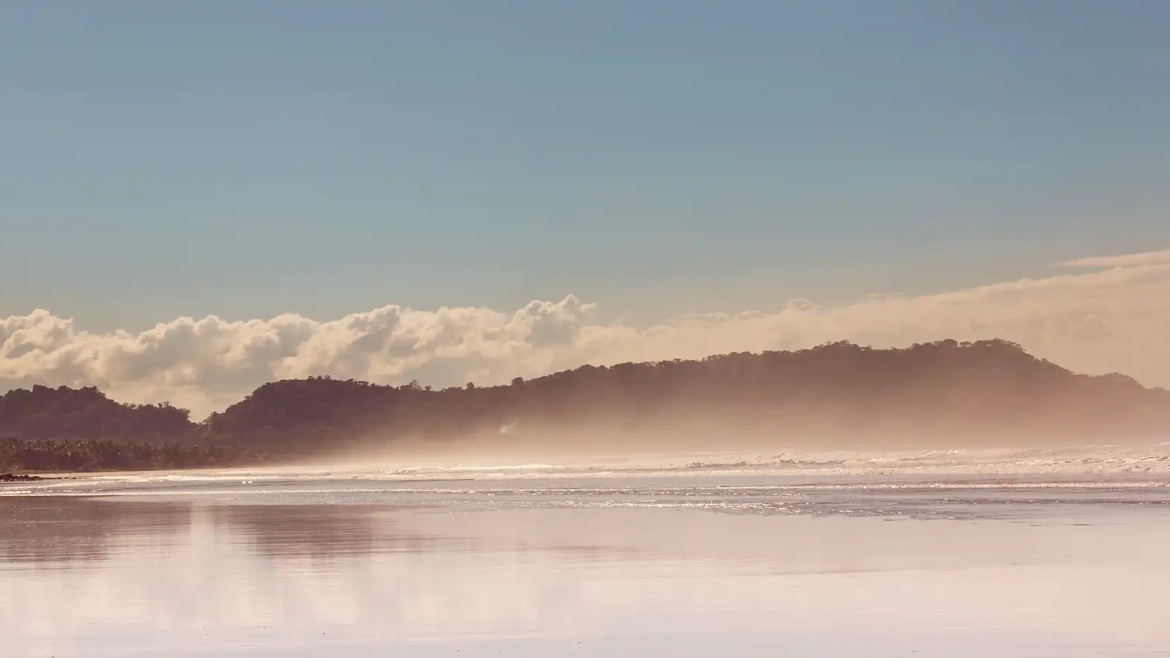Are you planning your next scuba diving adventure in Guanacaste, Costa Rica? You might be wondering what to bring. It’s easy to feel overwhelmed when packing, wondering whether you have everything you need for a safe and enjoyable dive. That’s why we’re here.
With years of experience exploring Guanacaste’s dive sites, we’ve gained vast expertise and want to share it with you. Our blog will provide you with essential tips and recommendations to ensure your diving adventure is nothing short of extraordinary.
Things to Prepare for Your Scuba Adventure in Guanacaste
Discover the essential things you need to dive into Guanacaste in the best possible way:
Traveling requirements
Passport
Verify that your passport remains valid for your planned stay in Costa Rica. The condition of your passport is equally important, as Immigration authorities in Costa Rica are strict about travel documents.
Additionally, Costa Rica requires passports to be electronically readable according to the International Civil Aviation Organization (ICAO) guidelines.
Visa (if required)
The Costa Rican immigration department classifies countries into four groups based on entry requirements. Each group has specific regulations that citizens must follow to enter the country.
Check out our Costa Rica Entry Requirements article to discover which group you belong to.
Local currency
Costa Rica’s official currency is the Costa Rican colón (CRC). While some establishments may accept US dollars, we recommend using the local currency for small transactions or tips.
Comfortable clothing
With Guanacaste’s tropical climate, comfort is essential. Opt for lightweight, breathable fabrics that wick away moisture to keep you cool and dry in the heat and humidity.

Dive certification and logbook
Your dive certification proves you have undergone proper training and have the skills to dive responsibly at the local sites. Moreover, many operators require proof of certification before allowing you to participate in guided dives or access specific dive sites.
Beyond access, your logbook contains invaluable information about your past dives, including depths reached, dive durations, and memorable encounters with sea life.
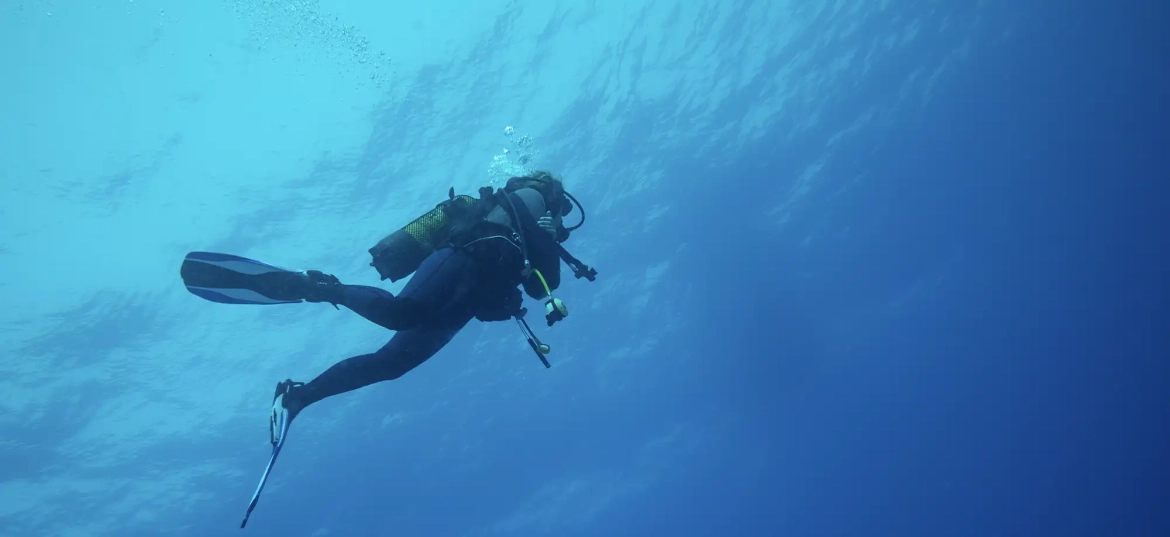
Dive gear
Bringing your own
Dive gear is essential for exploring the local dive sites. Bringing your own gear offers familiarity and comfort, as you’re accustomed to the fit and performance of your equipment. Moreover, you can bring your 3 mm wetsuit for warm waters or a 5 mm wetsuit for added warmth.
Renting it
Renting gear at a shop offers convenience and flexibility, especially if you’re traveling light or need equipment. Most dive operators here provide rental gear, including wetsuits, BCDs, regulators, masks, and fins, allowing you to dive without transporting bulky gear.
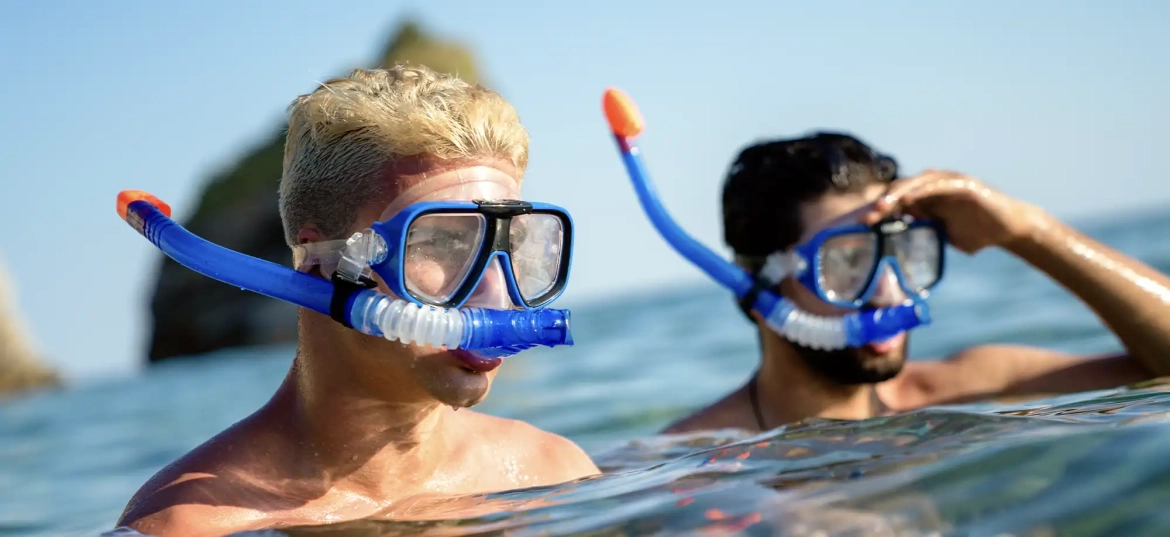
Underwater camera
Guanacaste is home to some of the best local dive sites, filled with marine life. The only way to capture these creatures and memories is by bringing your underwater camera!
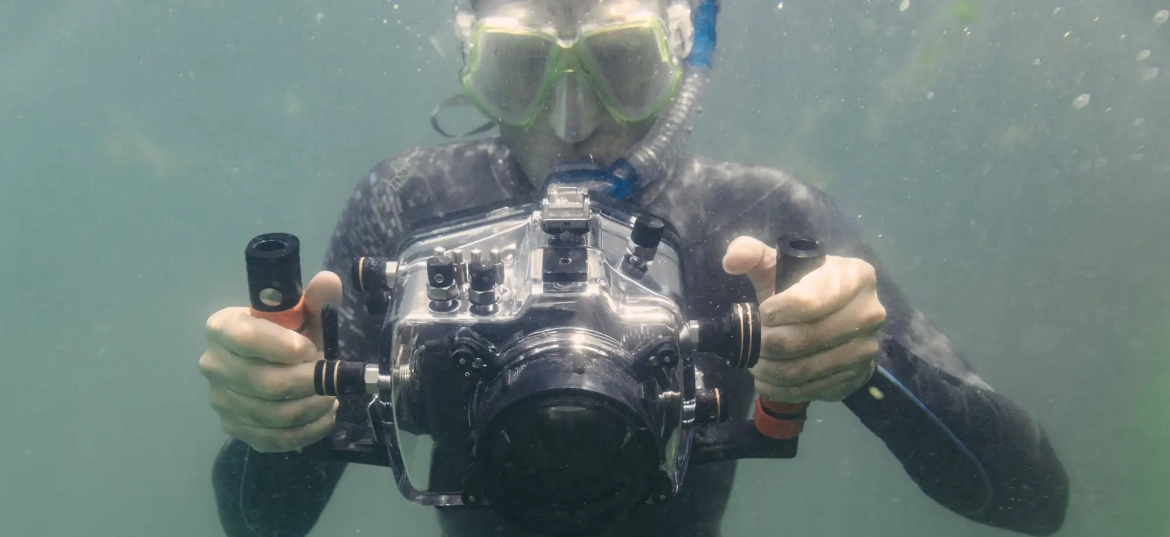
Safety and health requirements
Before diving, all participants must complete a medical questionnaire to assess their fitness for diving. We recommend being honest and thorough when answering these questions to identify medical conditions or factors affecting your safety underwater.

Travel Insurance
Although travel insurance is not mandatory, it provides coverage for dive-related emergencies, such as decompression sickness, medical evacuation, and equipment loss or damage.
Emergency contact information
Consider sharing this information with your group and dive operator for an expedited response and aid process in the event of a diving emergency or medical situation.
It’s also recommended that you keep contact details for your dive operator. They are experienced in handling diving emergencies and can provide guidance and support in critical situations.
First aid kit
Include bandages, antiseptic wipes, adhesive tape, scissors, tweezers, pain relievers, and any personal medications.

Tips to Ensure the Best Scuba Diving Trip in Guanacaste, Costa Rica
Here are some tips to ensure an excellent diving experience in Guanacaste:
Determine the best month to visit
The best time to dive in Guanacaste is during the dry season, from December to April. During this period, you’ll enjoy calmer waters, clearer visibility, and ideal diving conditions, making it an excellent time to explore the underwater world.
Moreover, to maximize your chances of encountering specific marine species when diving in Guanacaste’s local sites, it’s essential to consider the seasonal variations.
For instance, for diving in The Catalina Islands, the best time to visit is typically from September to March, when weather conditions are favorable with clear skies and calm seas.
This site allows you to spot eagle rays, devil rays, stingrays, turtles, and large schools of tropical fish throughout the year. However, if you’re after Pacific giant manta rays, plan your trip from November to April.
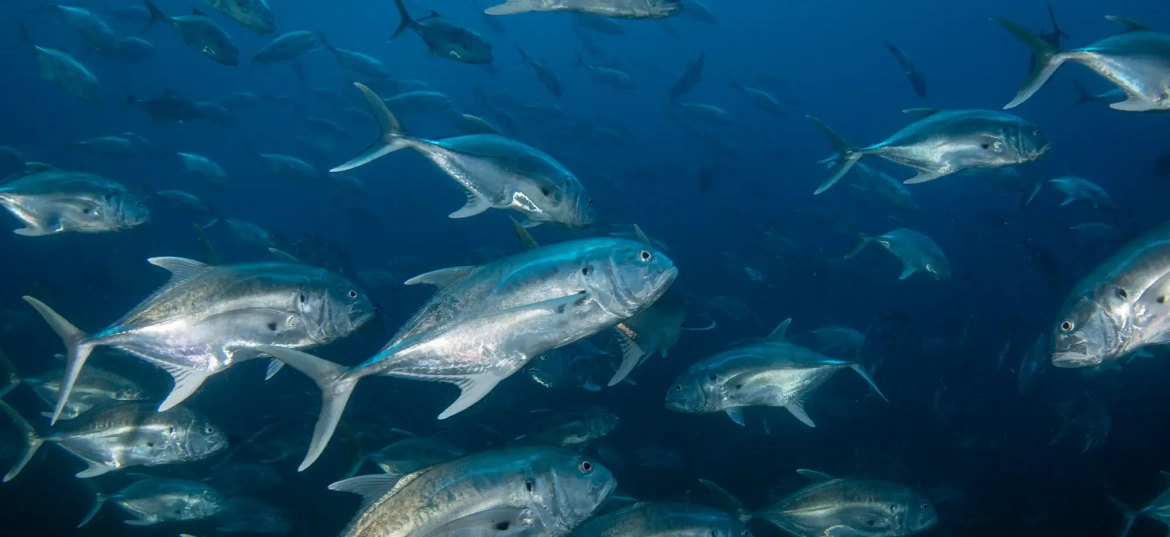
Choose a dive site based on your skill level
For advanced divers, the Catalina Islands and the Bat Islands are top choices. Similarly, Guanacaste offers beginner-friendly sites, particularly around Playas del Coco. Dive spots like Tortuga and Virador offer calm conditions and shallow depths, which are ideal for beginners.
Check dive operators
Research operators’ reputations, ensuring they adhere to strict safety standards and have positive reviews. Consider their range of services, including guided dives and equipment rental, and ensure they offer experiences suitable for your skill level and interests.
Arrange transportation
Coordinate airport transfers to ensure smooth transportation from Liberia Airport or arrange domestic flights from San Jose.
Additionally, consider renting a car for flexibility, using shuttle services for convenience, or using public transportation like buses and taxis. If visiting diving sites accessible only by boat, coordinate transfers with your operator.
Lastly, renting a car or catching a bus are viable options if you’re traveling overland from San Jose to Playas del Coco. Please note that the journey may take up to 5 hours.
Select your accommodation
Guanacaste’s dive resorts enhance your trip and allow you to enjoy a comfortable stay. Choose accommodation close to diving sites with diving packages that include the stay, tank boat dives, roundtrip airport transfers, and other benefits.
Planning a Guanacaste Dive? Let Bill Beard’s Costa Rica Handle It!
With our comprehensive checklist, you can start scuba diving in the underwater adventure of Guanacaste, Costa Rica.
If you need further assistance, our company offers exclusive packages that combine accommodation, dives, transfers, and more, ensuring a seamless and unforgettable underwater exploration. Contact our team at Bill Beard’s Costa Rica now to book your trip. Plan your dive!
Stay connected:
- Direct: 954-453-5044
- Fax: 321-400-1404
- Toll-free: 877-853-0538
- Local number (Costa Rica): 2479-7089 (Available from 9-5 PM)
- Office hours: 8-6 CST M-F & Sat 9-5 CST
- Email: agent@billbeardcostarica.com
FAQs
What kind of marine life can I expect to see while diving in Guanacaste?
The marine life you can expect to see while diving in Guanacaste includes whitetip reef sharks, bull sharks, eagle rays, manta rays, sailfish, hawksbill turtles, loggerhead turtles, and common dolphins. Occasionally, you’ll have the chance to see whale sharks, seahorses, humpback whales, and pilot whales.
What emergency services are available for divers in Guanacaste?
The emergency services available for divers in Guanacaste include on-site first aid, oxygen administration, and trained staff at dive operators and centers. Additionally, medical facilities such as hospitals and clinics provide emergency medical care for dive-related incidents.

